Home>Gardening & Outdoor>Landscaping Ideas>How To Grow Grass After Tree Stump Grinding
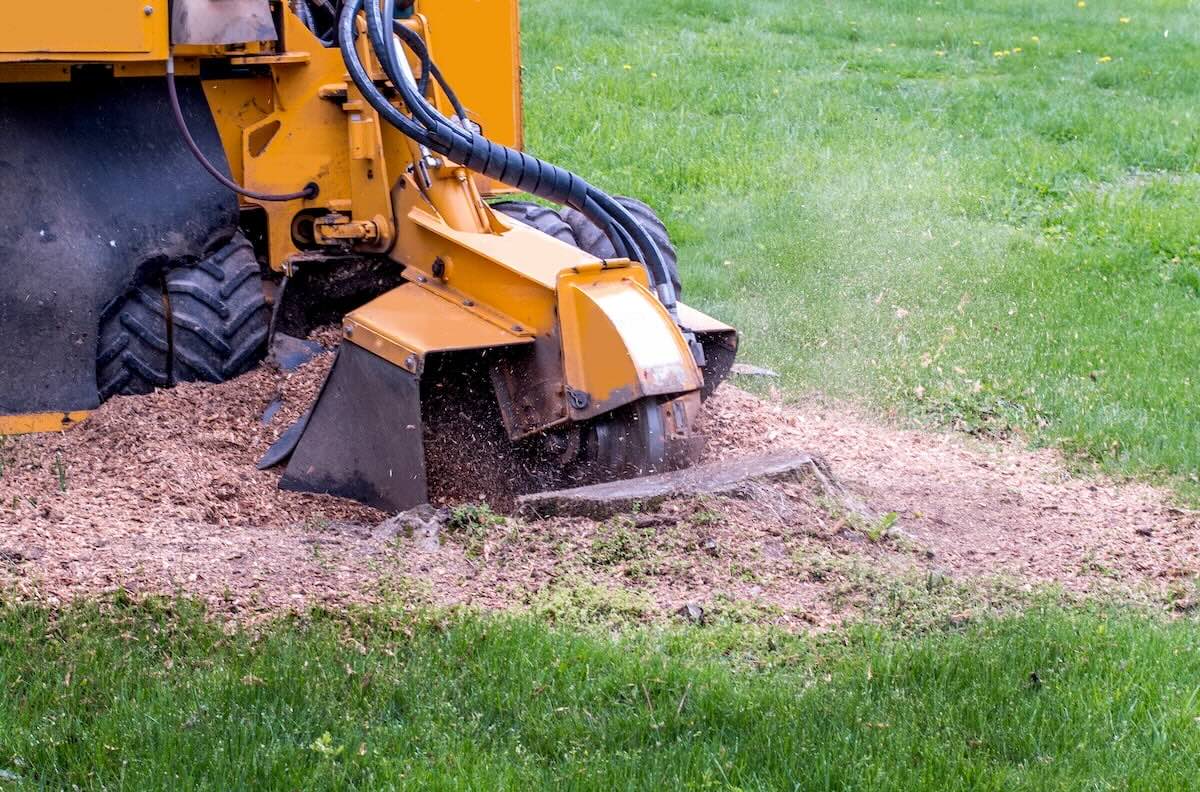

Landscaping Ideas
How To Grow Grass After Tree Stump Grinding
Modified: August 16, 2024
Learn effective landscaping ideas for growing grass after tree stump grinding. Discover step-by-step methods to restore your lawn's beauty.
(Many of the links in this article redirect to a specific reviewed product. Your purchase of these products through affiliate links helps to generate commission for Storables.com, at no extra cost. Learn more)
Introduction
When a tree is removed from your property, whether due to disease, damage, or landscaping considerations, the remaining tree stump can be an unsightly and inconvenient obstacle. Many homeowners opt for tree stump grinding as an effective solution to eliminate the stump and its roots from the ground. However, once the stump is ground down, you may be left with a barren patch of land that disrupts the overall aesthetics of your landscape. This is where the process of growing grass after tree stump grinding comes into play.
The journey of transforming the once-occupied space into a lush, green lawn can be both rewarding and challenging. It requires careful planning, proper soil preparation, and consistent maintenance to ensure successful grass growth. Whether you opt for seeding or sodding, the process demands attention to detail and a commitment to nurturing the newly established grass.
In this comprehensive guide, we will delve into the essential steps and considerations for growing grass after tree stump grinding. From clearing the area to soil preparation, seeding or sodding, and ongoing watering and maintenance, each stage plays a crucial role in fostering healthy grass growth. By following these steps and incorporating best practices, you can breathe new life into the previously vacant space, creating a vibrant and inviting landscape that enhances the beauty of your property.
As we embark on this journey together, it's important to approach the process with patience and a willingness to learn. Growing grass after tree stump grinding is not merely a task; it's an opportunity to nurture nature and witness the transformation of a once-barren area into a flourishing green expanse. So, let's roll up our sleeves and delve into the intricacies of this transformative endeavor, embracing the challenges and triumphs that come with rejuvenating your outdoor space.
Key Takeaways:
- Transforming a barren space into a lush lawn after tree stump grinding requires clearing debris, soil preparation, and choosing between seeding or sodding. Ongoing watering and maintenance are crucial for a vibrant, resilient lawn.
- Growing grass after tree stump grinding is a rewarding journey of nurturing nature. Clear the area, prepare the soil, choose seeding or sodding, and maintain the lawn for a lush, inviting outdoor space.
Read more: How To Grow Grass After Tree Removal
Step 1: Clearing the Area
Before embarking on the journey of growing grass after tree stump grinding, it's crucial to commence with a clean slate. The area where the tree stump was ground needs to be thoroughly cleared of any debris, roots, and lingering remnants to create an optimal environment for new grass to take root and thrive.
The first step in this process involves the physical removal of any remaining wood chips, sawdust, or small roots that may be scattered across the ground. This can be achieved through diligent raking and manual removal, ensuring that the surface is free from any impediments that could hinder the growth of the grass seeds or sod.
Following the removal of visible debris, it's essential to address any underlying roots that may still be present beneath the surface. These remnants of the tree's root system can impede the establishment of new grass and may lead to uneven growth patterns. Utilizing a sturdy shovel or a small excavator, carefully excavate the area to locate and extract any lingering roots, ensuring that the soil is free from obstructions.
Once the physical clearing process is complete, it's advisable to conduct a thorough inspection of the area to identify any potential hazards or irregularities. This includes checking for rocks, stones, or other debris that could impede the uniform growth of the grass. By meticulously scanning the cleared space, you can preemptively address any underlying issues that may compromise the successful establishment of the new grass.
Furthermore, it's important to assess the surrounding landscape and make any necessary adjustments to ensure proper drainage and irrigation. Clearing the area provides an opportunity to evaluate the topography and make informed decisions regarding the redistribution of soil or the implementation of drainage solutions to prevent waterlogging.
In essence, the process of clearing the area serves as the foundational step in preparing the ground for the growth of new grass. By meticulously removing debris, addressing lingering roots, and optimizing the landscape for proper drainage, you set the stage for the subsequent phases of soil preparation and grass establishment. This meticulous approach lays the groundwork for a thriving and resilient lawn that will enhance the beauty of your outdoor space.
Step 2: Soil Preparation
The process of soil preparation is a pivotal stage in the journey of growing grass after tree stump grinding. It lays the foundation for the successful establishment of new grass, ensuring that the soil provides an optimal environment for growth and sustenance. Proper soil preparation involves a series of meticulous steps aimed at enhancing the soil's fertility, structure, and moisture retention capabilities.
Soil Testing
Before initiating any soil modification, it's essential to conduct a comprehensive soil test to assess its composition and nutrient levels. A soil test provides valuable insights into the pH levels, nutrient deficiencies, and overall composition of the soil. This information serves as a guiding framework for determining the necessary amendments and fertilization requirements to optimize the soil for grass growth.
Soil Aeration
Aeration is a critical aspect of soil preparation, especially in areas that have undergone tree stump grinding. The process of grinding a tree stump can compact the soil, reducing its ability to absorb water and nutrients. Utilizing a core aerator or aeration equipment, the soil is perforated to alleviate compaction and facilitate better air and water penetration. This promotes root development and enhances the overall vitality of the grass.
Read more: How To Grow Grass Under A Tree
Soil Amendments
Based on the results of the soil test, amendments such as lime, organic matter, and specific fertilizers may be recommended to address nutrient deficiencies and optimize the soil structure. Lime is often used to adjust the soil's pH levels, creating a more hospitable environment for grass growth. Additionally, incorporating organic matter, such as compost or well-rotted manure, enriches the soil with essential nutrients and improves its texture, promoting favorable conditions for root establishment.
Leveling and Grading
Ensuring a uniform and level surface is crucial for promoting consistent grass growth. The process of leveling and grading involves redistributing soil to eliminate uneven patches and create a smooth, uniform terrain. This not only enhances the visual appeal of the landscape but also facilitates proper water distribution and prevents water pooling, which can impede grass growth.
Soil Compaction
After leveling and grading, it's imperative to address soil compaction to prevent the recurrence of compacted areas. Utilizing a lawn roller or compacting equipment, the soil is gently compacted to achieve an optimal balance that promotes stability while allowing for adequate air and water movement within the soil.
In essence, soil preparation is a multifaceted process that sets the stage for the successful growth of new grass. By conducting soil tests, addressing compaction, incorporating amendments, and ensuring proper leveling, you create an environment that is conducive to robust and resilient grass growth. This meticulous approach to soil preparation forms the cornerstone of a thriving and vibrant lawn, enriching your outdoor space with natural beauty and vitality.
Step 3: Seeding or Sodding
The pivotal decision of whether to opt for seeding or sodding plays a crucial role in the process of growing grass after tree stump grinding. Each method offers distinct advantages and considerations, catering to different preferences, timelines, and environmental factors.
Seeding
Seeding involves the process of planting grass seeds directly into the prepared soil, allowing them to germinate and establish roots over time. This method offers a cost-effective and diverse range of grass species, enabling homeowners to select varieties that are well-suited to their specific climate and aesthetic preferences. Before seeding, it's essential to carefully select high-quality grass seed that aligns with the environmental conditions and usage requirements of the intended lawn area. Additionally, incorporating a starter fertilizer can provide essential nutrients to support initial root development and enhance seedling vigor.
The process of seeding begins with evenly distributing the grass seed across the prepared soil, ensuring comprehensive coverage to promote uniform growth. Following the seeding process, gently raking the area facilitates seed-to-soil contact, promoting germination and root establishment. Adequate watering is essential to keep the soil consistently moist during the germination phase, fostering the emergence of young grass seedlings. As the grass matures, regular maintenance practices such as mowing, fertilization, and weed control contribute to the long-term health and resilience of the lawn.
Sodding
Sodding, also known as turfing, involves the installation of pre-grown grass turf onto the prepared soil, providing an instant and visually appealing lawn surface. This method offers immediate results, creating an established lawn that requires less time for grass growth and development. Sodding is particularly advantageous for homeowners seeking rapid transformation and erosion control, as the mature grass turf effectively prevents soil erosion and weed encroachment.
The process of sodding entails laying the pre-grown grass turf in a staggered pattern, ensuring seamless integration and uniform coverage. After installation, thorough watering is essential to facilitate the establishment of the sod roots into the underlying soil. Additionally, regular irrigation and monitoring are crucial during the initial phase to promote root penetration and minimize stress on the newly installed sod. As the sod integrates with the soil and establishes root systems, routine maintenance practices such as mowing, fertilization, and pest management contribute to the long-term vitality and lushness of the sodded lawn.
In essence, the decision to seed or sod the area after tree stump grinding hinges on various factors, including budget, timeline, desired aesthetic appeal, and environmental considerations. Both methods offer unique benefits and considerations, ultimately culminating in the creation of a vibrant and resilient lawn that enhances the natural beauty of your outdoor space. Whether you opt for the gradual emergence of seeded grass or the immediate gratification of sodded turf, the journey of growing grass after tree stump grinding is a testament to the transformative power of nurturing nature and cultivating a thriving landscape.
Step 4: Watering and Maintenance
Watering and maintenance are integral components of nurturing the newly established grass after tree stump grinding. These ongoing practices are essential for fostering healthy root development, sustaining lush foliage, and preserving the overall vitality of the lawn. Proper watering and maintenance routines contribute to the resilience of the grass, enabling it to withstand environmental stressors and thrive in its designated landscape.
Watering Practices
Consistent and adequate watering is paramount in the early stages of grass establishment. The frequency and duration of watering depend on various factors, including the grass species, soil composition, and prevailing weather conditions. During the germination phase of seeded grass or the initial rooting period of sodded turf, it's crucial to keep the soil consistently moist without causing waterlogging. This encourages robust root growth and minimizes the risk of desiccation, ensuring the successful establishment of the grass.
As the grass matures, transitioning to a deeper and less frequent watering schedule promotes the development of a resilient root system. Deep watering encourages the grass roots to penetrate deeper into the soil, enhancing their access to moisture and nutrients. Additionally, watering in the early morning or late afternoon minimizes water loss due to evaporation, maximizing the effectiveness of irrigation and promoting water conservation.
Read more: How To Grow Grass Around Trees
Maintenance Practices
Regular maintenance practices are essential for preserving the health and aesthetic appeal of the newly established grass. Mowing, fertilization, weed control, and pest management are key components of a comprehensive maintenance regimen.
Mowing the grass at the appropriate height promotes denser growth and discourages weed encroachment. It's important to adhere to the recommended mowing height for the specific grass species, ensuring that the grass blades remain at an optimal length for photosynthesis and resilience.
Fertilization plays a vital role in providing essential nutrients to the grass, promoting vigorous growth and vibrant foliage. Selecting a high-quality fertilizer and adhering to the recommended application schedule contributes to the long-term health and lushness of the lawn.
Weed control measures, such as targeted herbicide application and manual removal, prevent invasive plants from competing with the grass for resources. Regular inspection and proactive weed management contribute to the uniformity and vigor of the grass.
Pest management, including the identification and mitigation of insect infestations, safeguards the grass from potential damage and ensures its continued vitality.
In essence, the diligent implementation of watering and maintenance practices is fundamental to the sustained health and beauty of the newly established grass. By nurturing the grass with appropriate watering routines and proactive maintenance efforts, you contribute to the creation of a resilient and vibrant lawn that enriches your outdoor space with natural splendor.
Conclusion
In conclusion, the process of growing grass after tree stump grinding is a transformative journey that encompasses meticulous planning, diligent preparation, and nurturing care. From the initial clearing of the area to the comprehensive soil preparation, the decision between seeding and sodding, and the ongoing watering and maintenance practices, each step contributes to the creation of a vibrant and resilient lawn that enhances the natural beauty of your outdoor space.
The journey of revitalizing the once-barren area left by tree stump grinding is not merely a task; it's an opportunity to cultivate a thriving landscape that enriches your surroundings with lush greenery and natural vitality. By approaching the process with patience, attention to detail, and a commitment to nurturing nature, you can witness the transformation of an empty space into a flourishing expanse of vibrant grass.
The decision to seed or sod the area after tree stump grinding presents homeowners with a choice that aligns with their preferences, timelines, and environmental considerations. Whether opting for the gradual emergence of seeded grass or the immediate gratification of sodded turf, both methods offer unique benefits and considerations, ultimately culminating in the creation of a resilient and visually appealing lawn.
Furthermore, the ongoing practices of watering and maintenance play a pivotal role in sustaining the health and beauty of the newly established grass. Consistent and adequate watering, coupled with proactive maintenance efforts such as mowing, fertilization, weed control, and pest management, contribute to the long-term vitality and resilience of the lawn.
As you embark on the journey of growing grass after tree stump grinding, it's essential to embrace the process as an opportunity to nurture nature and witness the rejuvenation of your outdoor space. By following the essential steps and incorporating best practices, you can breathe new life into the previously vacant area, creating a vibrant and inviting landscape that enhances the beauty of your property.
In essence, the journey of growing grass after tree stump grinding is a testament to the transformative power of nurturing nature and cultivating a thriving landscape. It's a journey that celebrates the resilience of nature and the rewarding experience of witnessing the emergence of a lush and vibrant lawn from a once-barren ground.
Frequently Asked Questions about How To Grow Grass After Tree Stump Grinding
Was this page helpful?
At Storables.com, we guarantee accurate and reliable information. Our content, validated by Expert Board Contributors, is crafted following stringent Editorial Policies. We're committed to providing you with well-researched, expert-backed insights for all your informational needs.

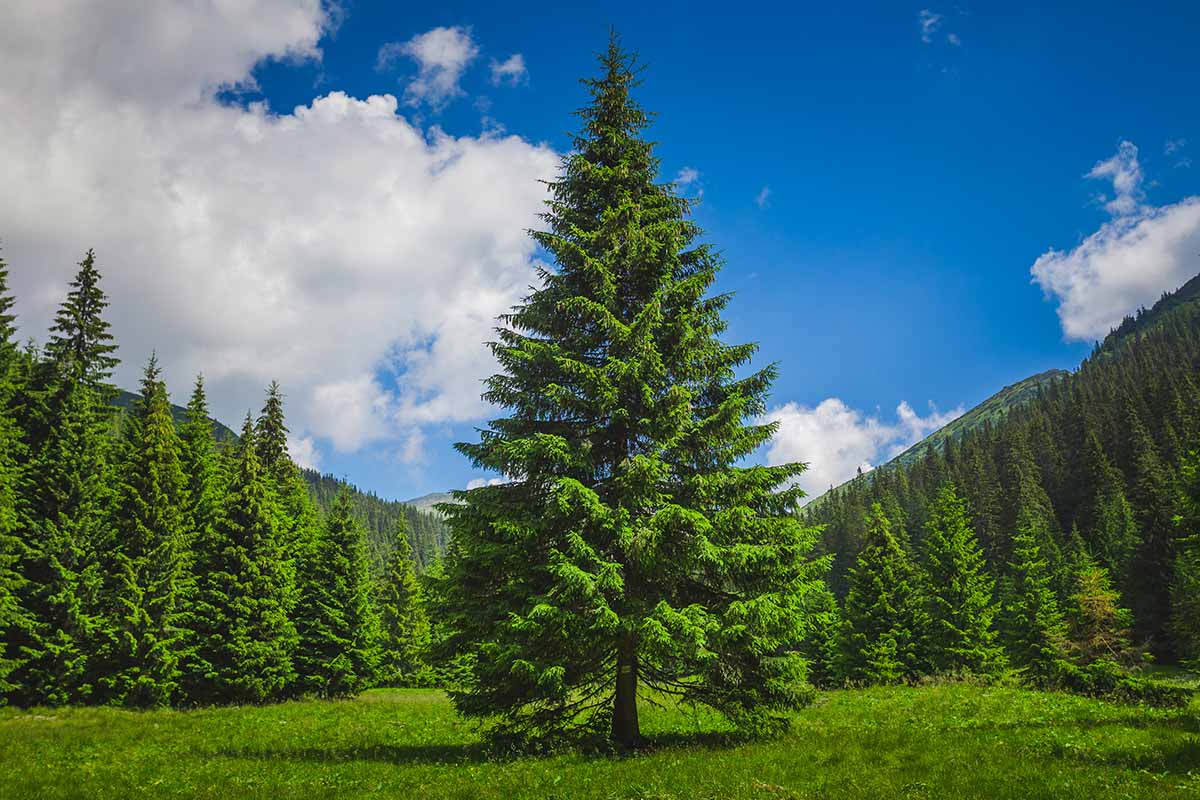
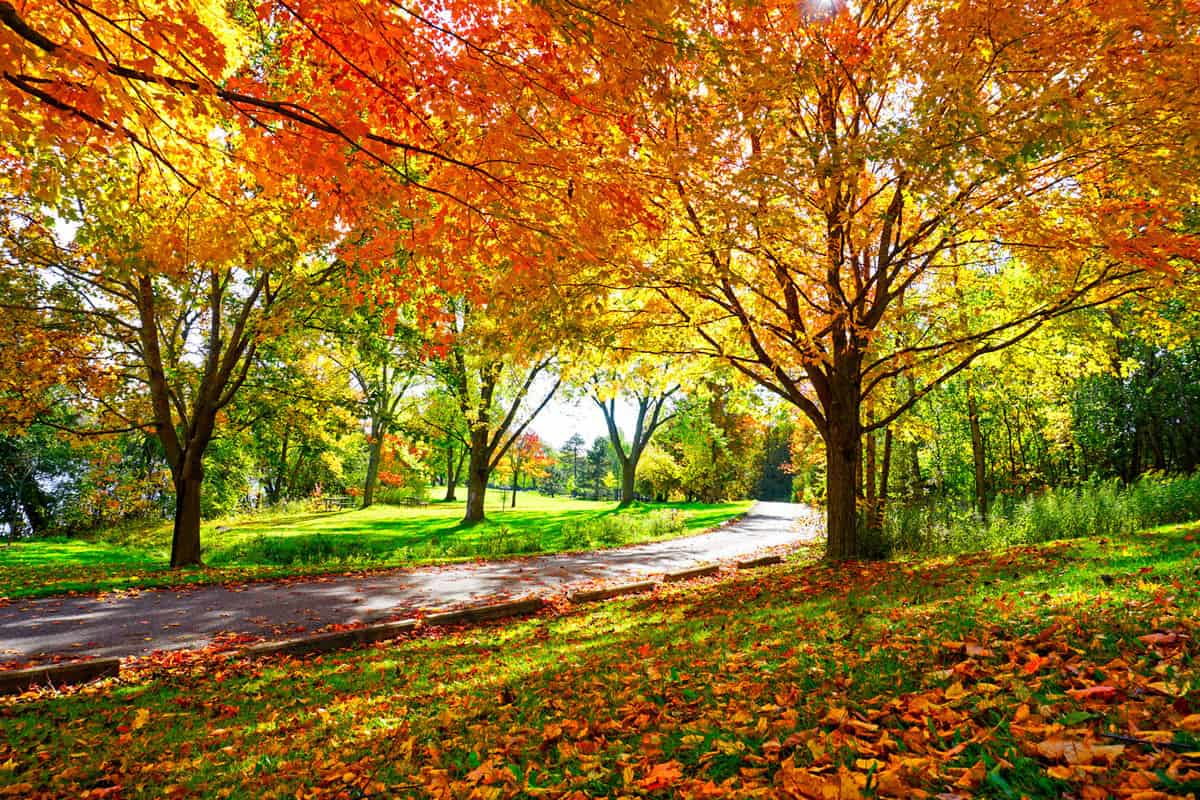
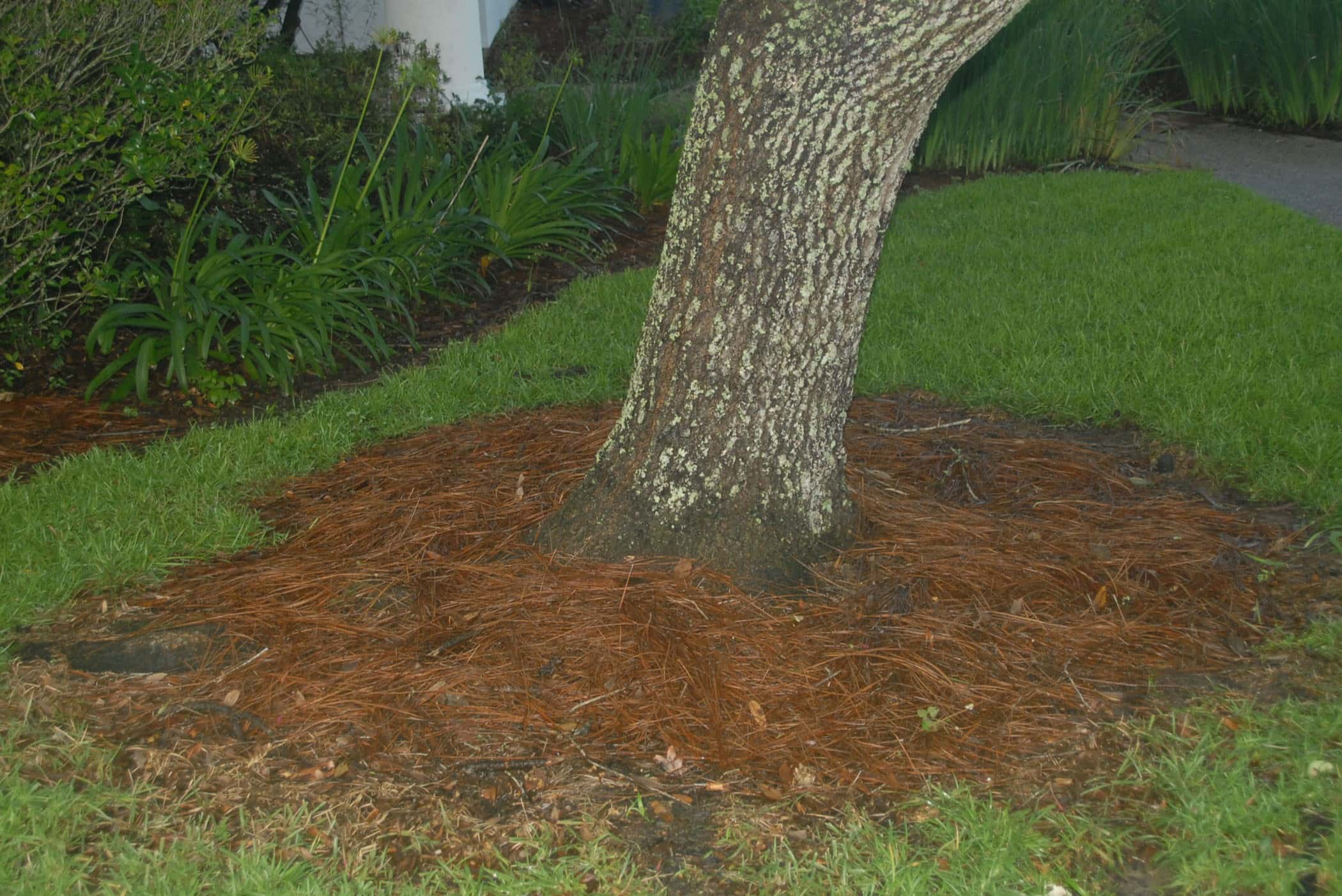
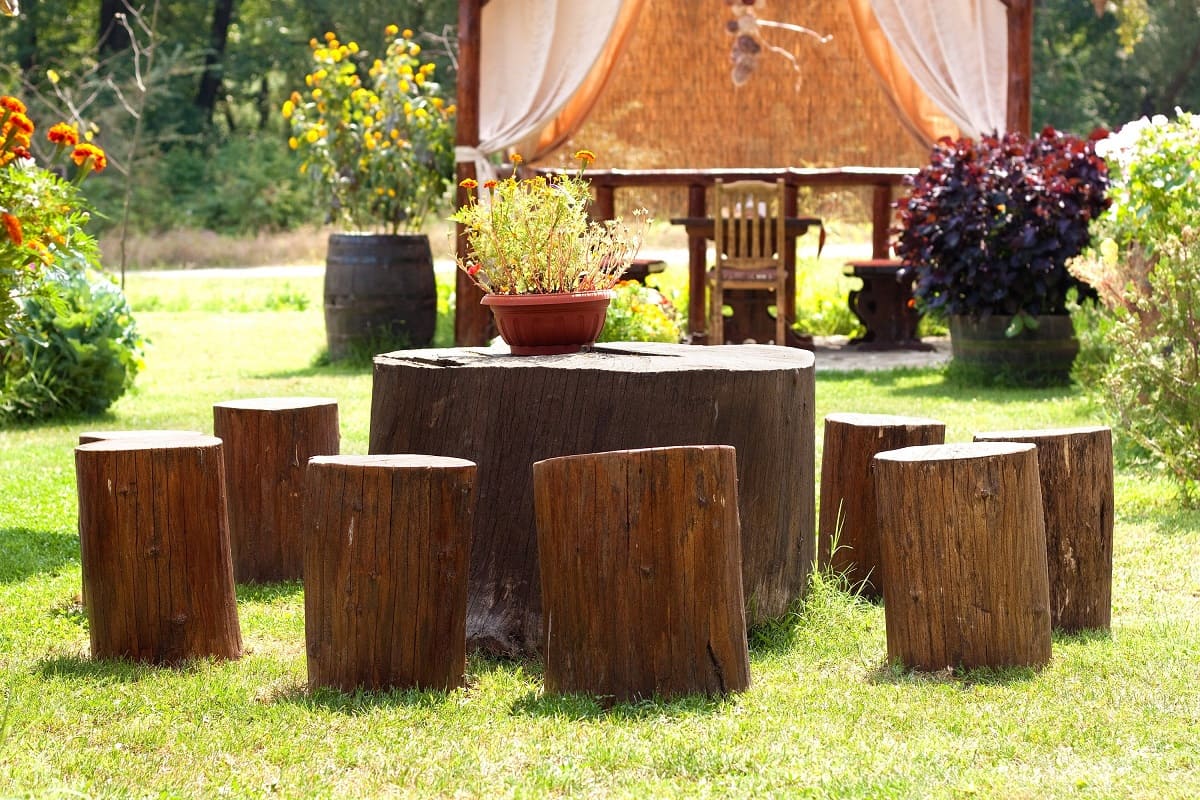
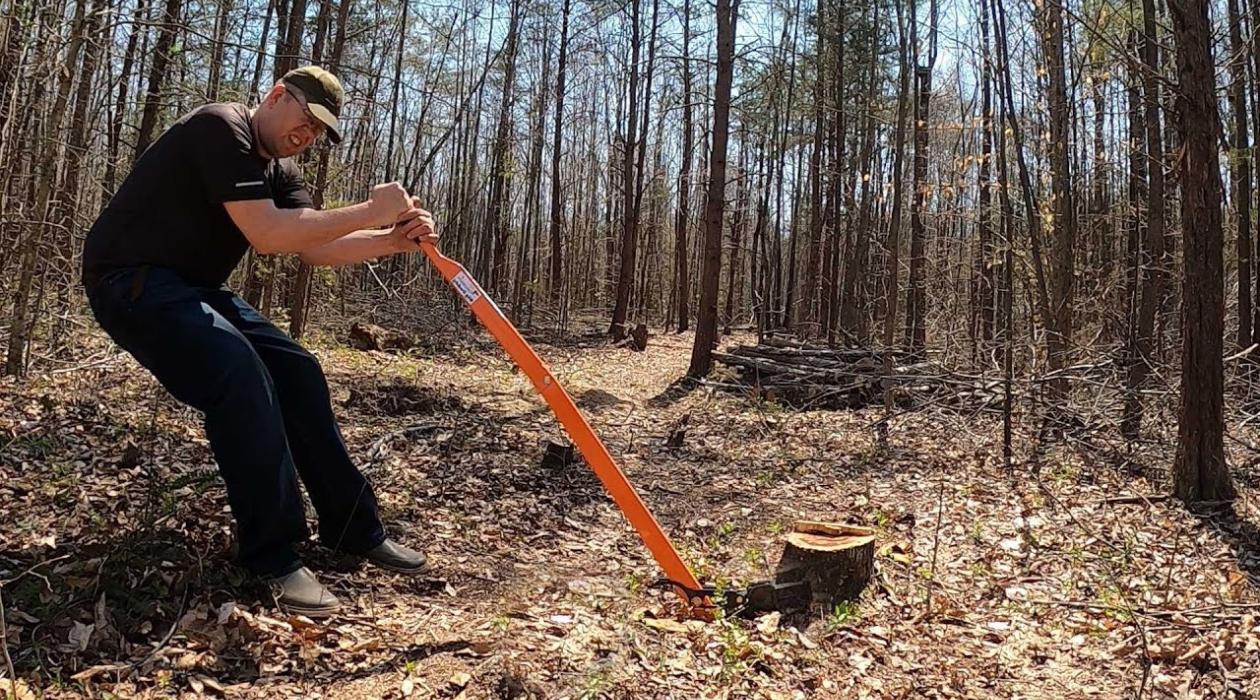
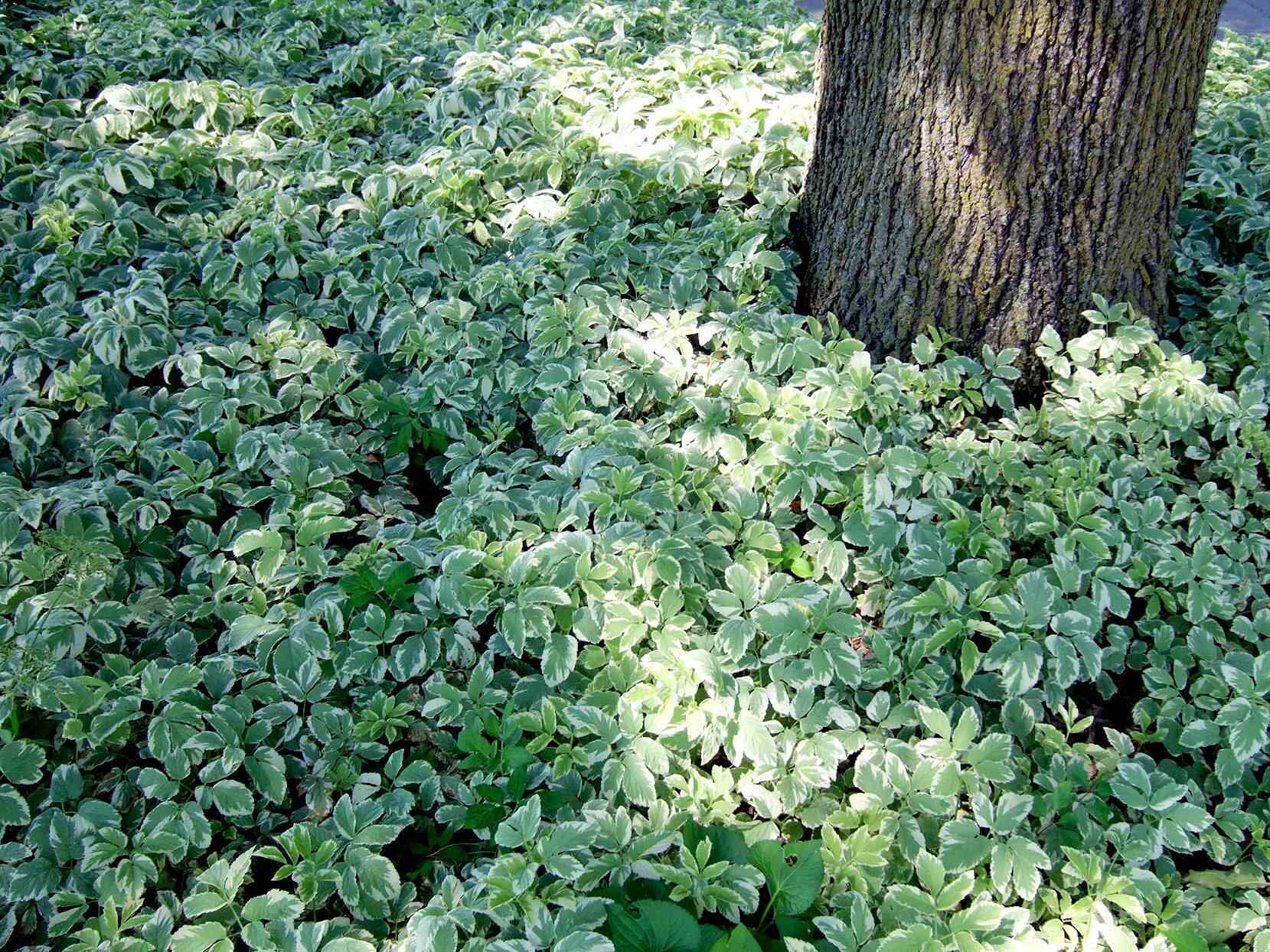
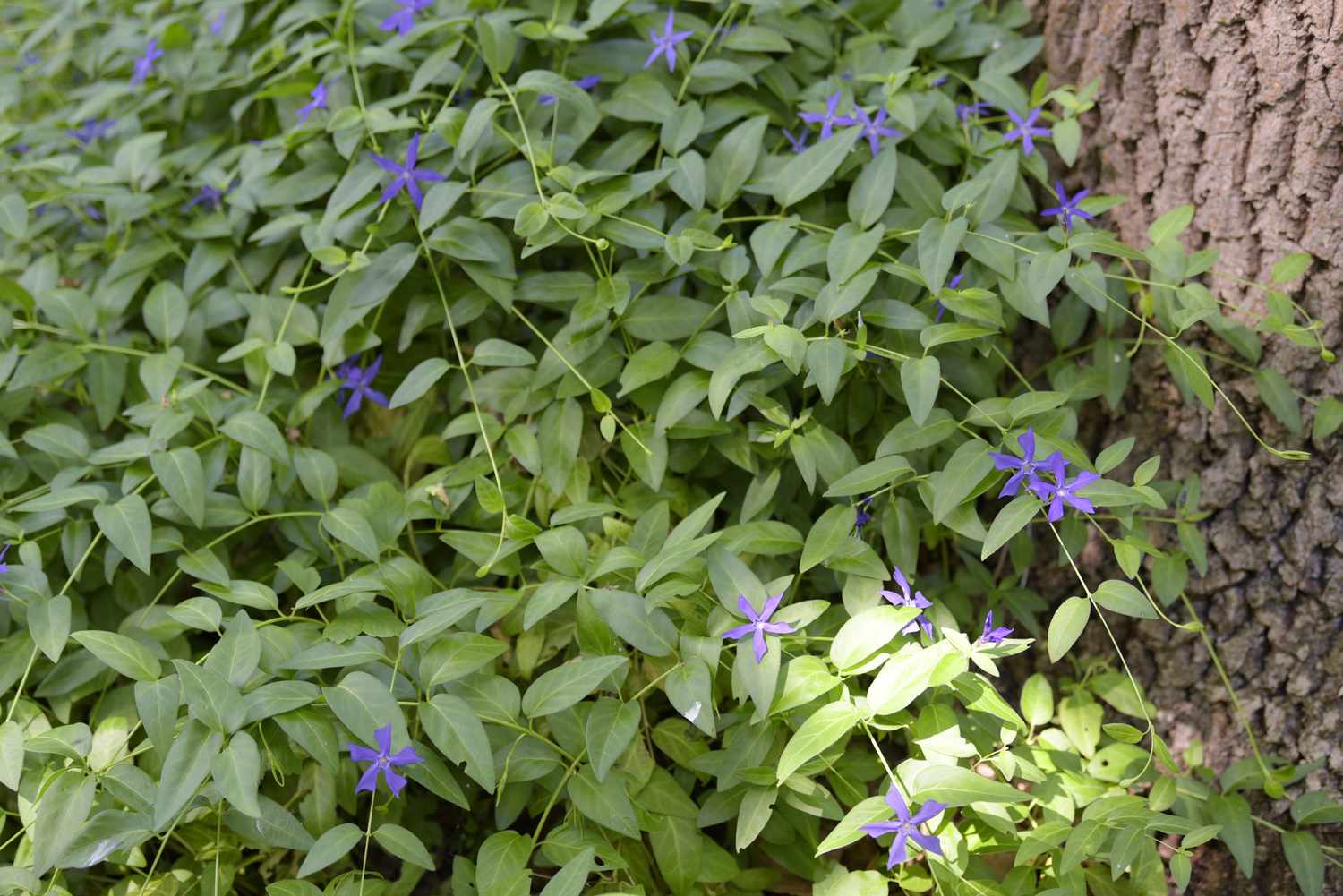


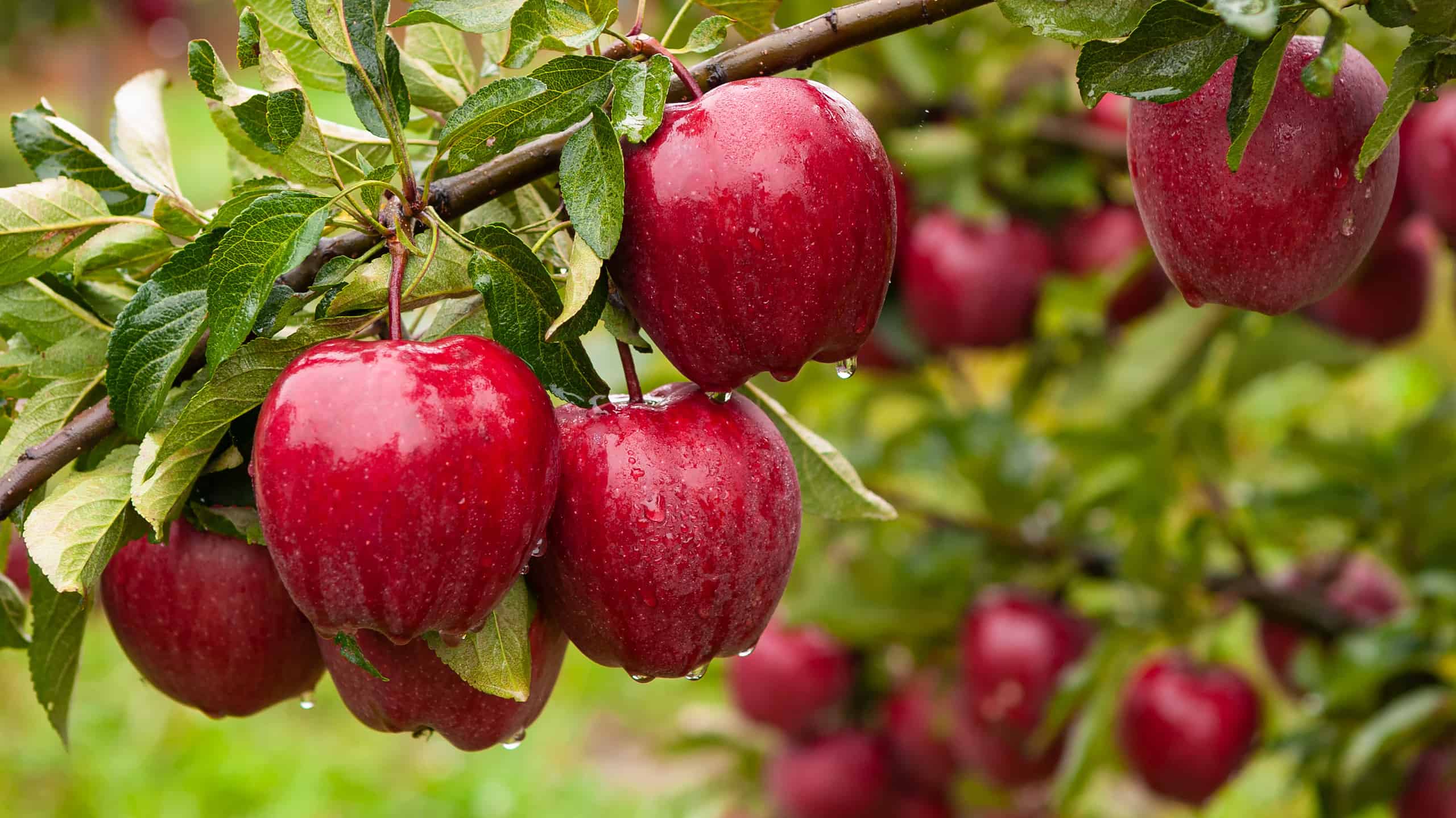
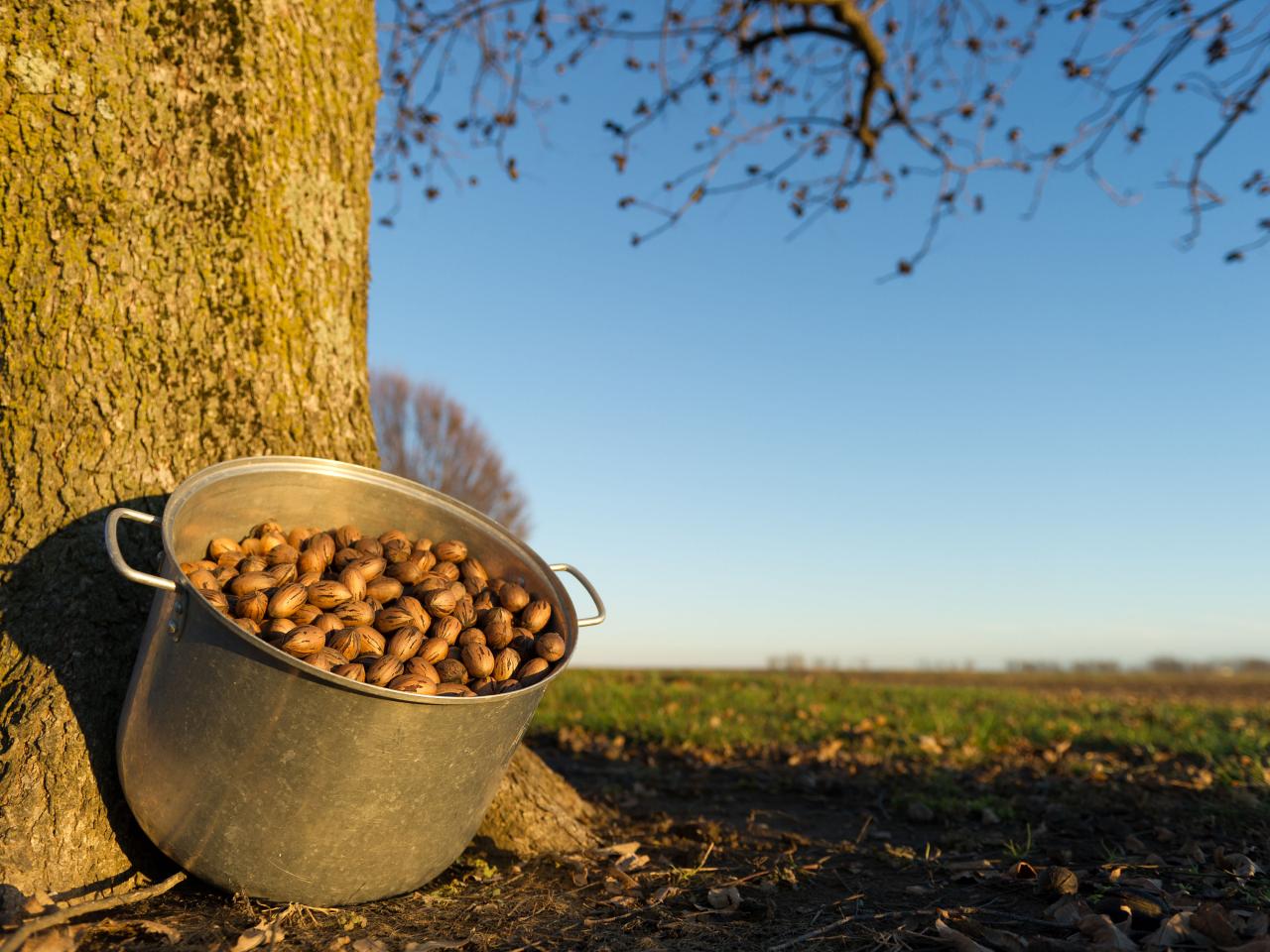

0 thoughts on “How To Grow Grass After Tree Stump Grinding”